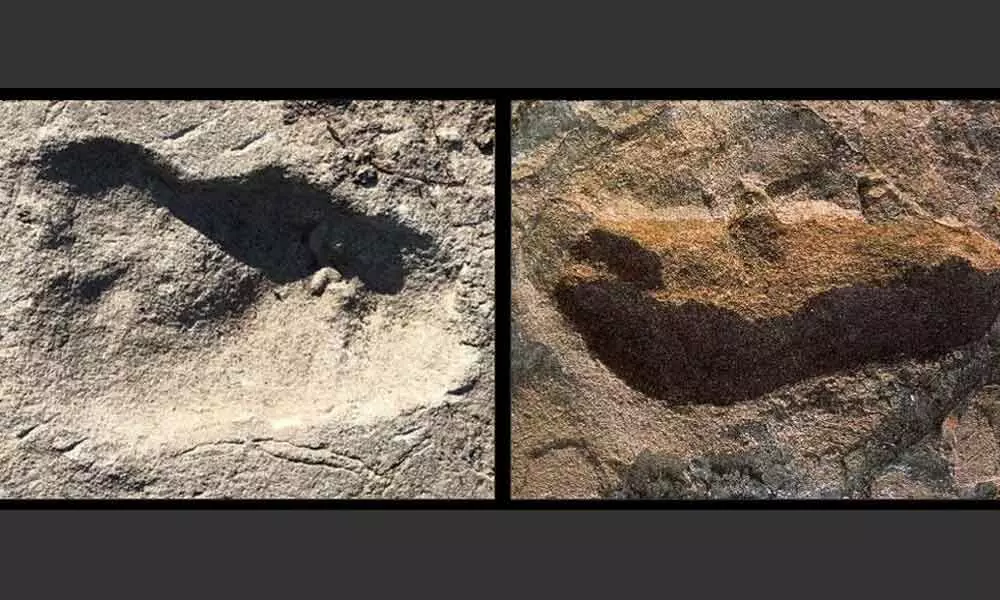3.7-Million-Year-Old Footprints Found In Africa were Inaccurately Classified

Mystery footprint (l) compared to A. afarensis (r) at Laetoli.
- These steps, which were discovered in 1978 and inaccurately classified as bear-like due to the volcanic ash eventually converting into rock that were engraved by the volcanic ash.
- According to their findings, the prints belonged to an unknown species of bipedal ape and were distinct from those left by another hominin species nearby.
An unknown creature walked on two legs across the bed of volcanic ash 3.7 million years ago, in the area which is now currently known as northern Tanzania. These steps, which were discovered in 1978 and inaccurately classified as bear-like due to the volcanic ash eventually converting into rock that were engraved by the volcanic ash.
In 1987, anthropologists Tim White and Gen Suwa of the University of California claimed that accurate identification of these mysterious prints at 'Laetoli Site A' would be difficult till they are more thoroughly cleansed and examined laterally.
The footprints were bear-like in size, with an abnormally wide yet short foot. The mystery species imprinted a distinct big toe, as well as a second toe that was equally elongated and a large heel. Chimpanzees and bears have narrower heels than humans. Bears also walk with their feet spread wide apart, and no claw scars were visible. The bipedal impressions at 'Site A' depicted a peculiar action in which each foot crossed side to side and was put heel-to-toe on the ground. As a consequence, the left footprint was closer to the right than the right one. Similarly the another one was conversely depicted.
However, the big toe of this species is significantly larger than the second toe; whether much variation there is among individuals of this mystery species is unknown.















